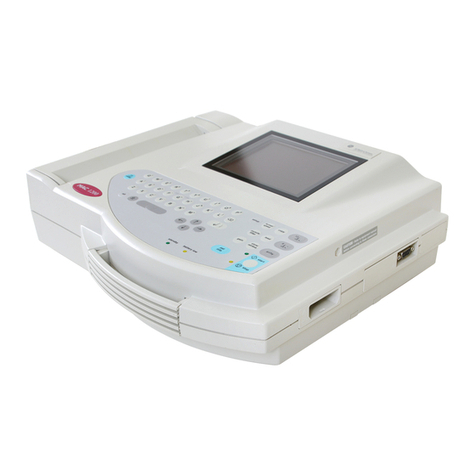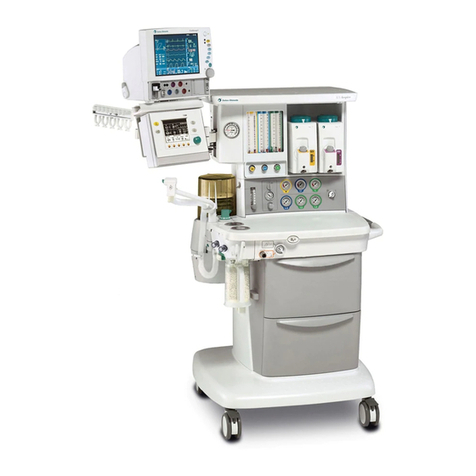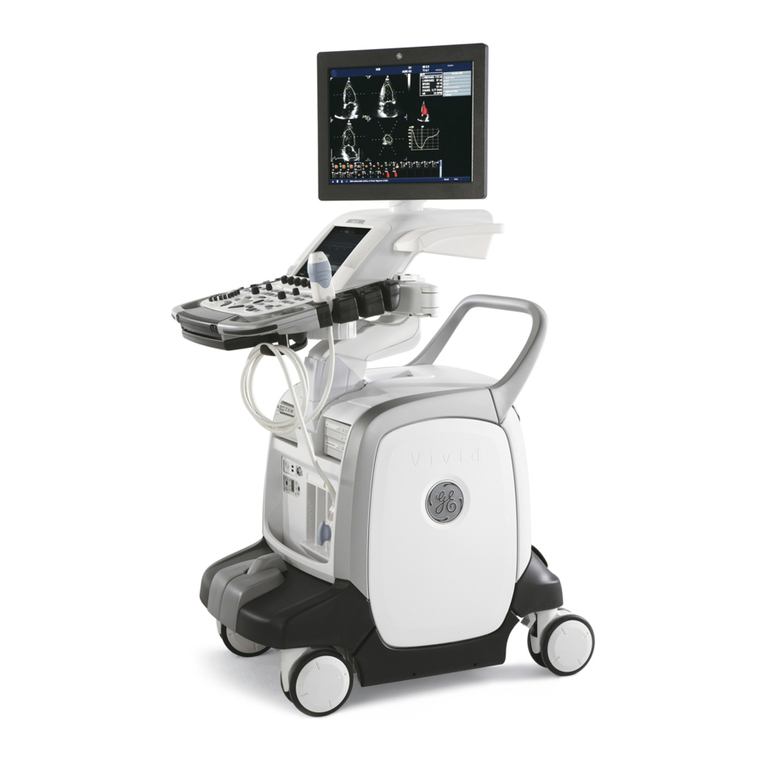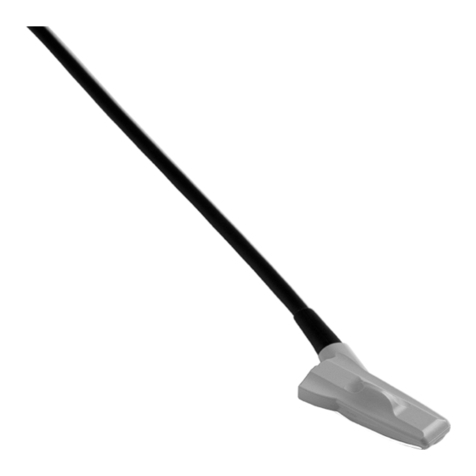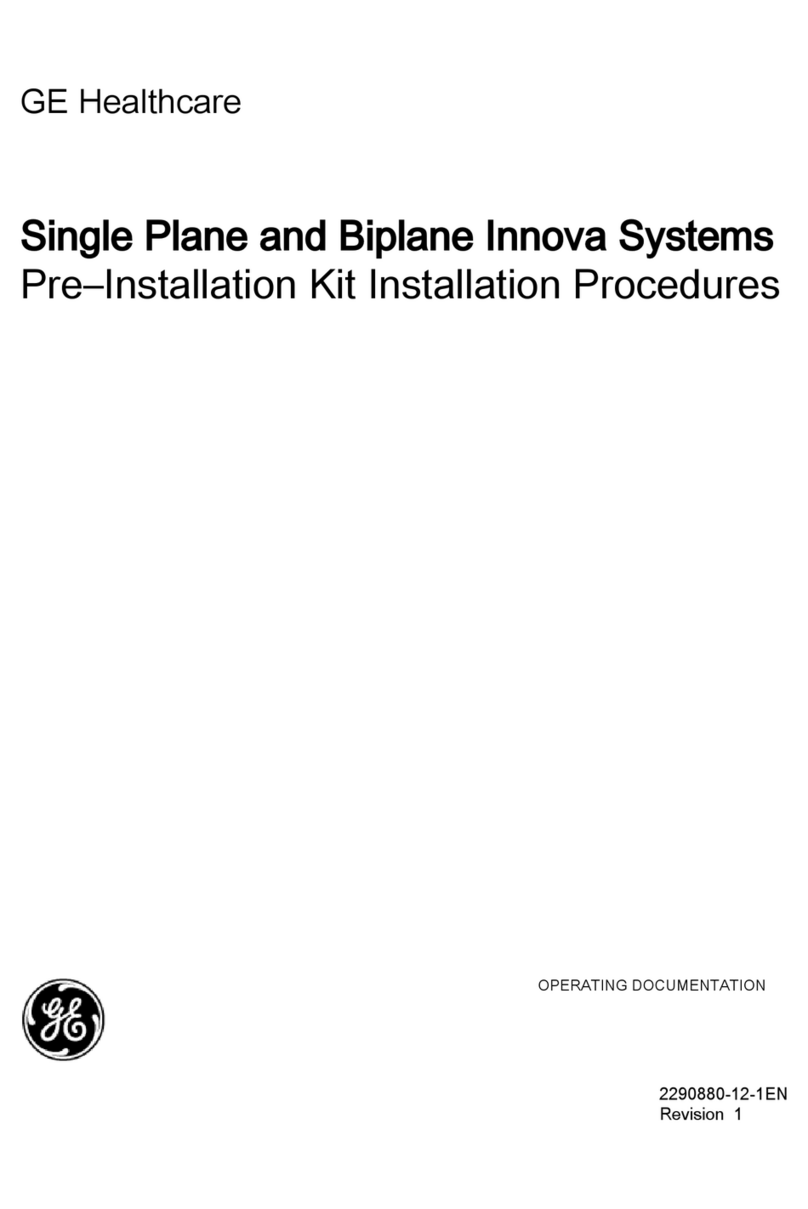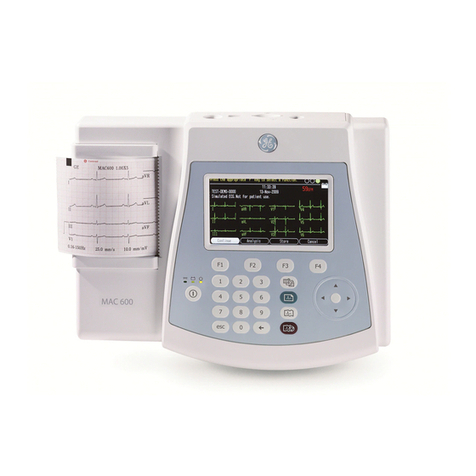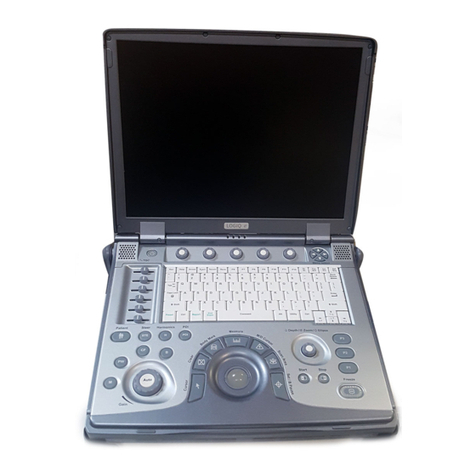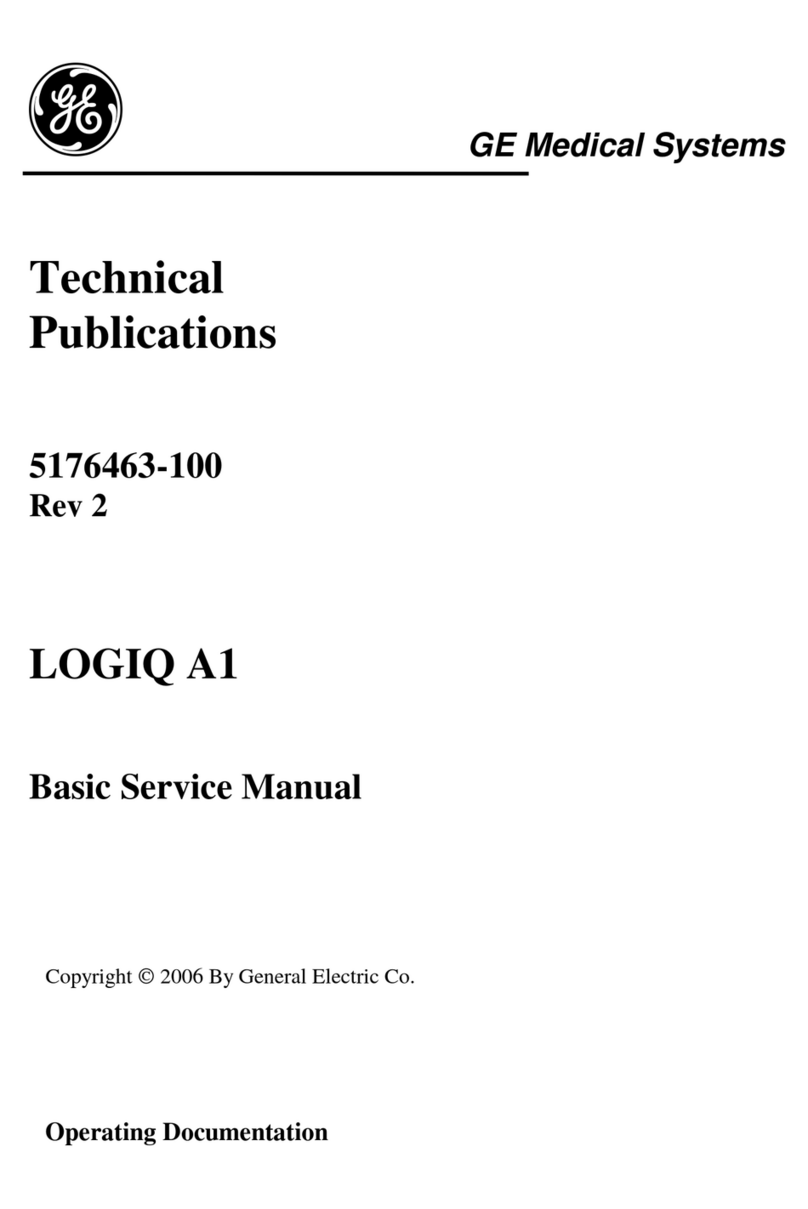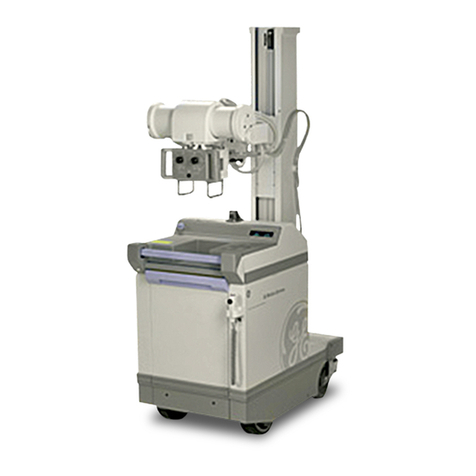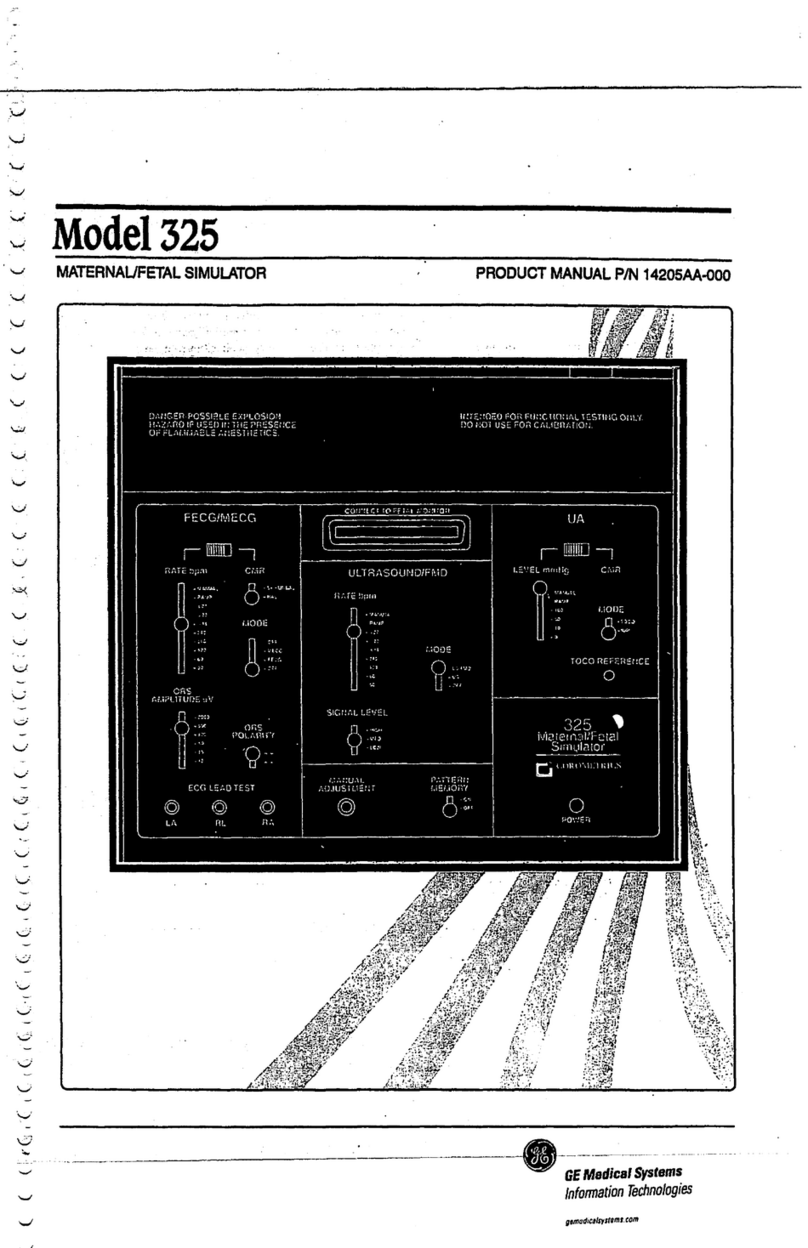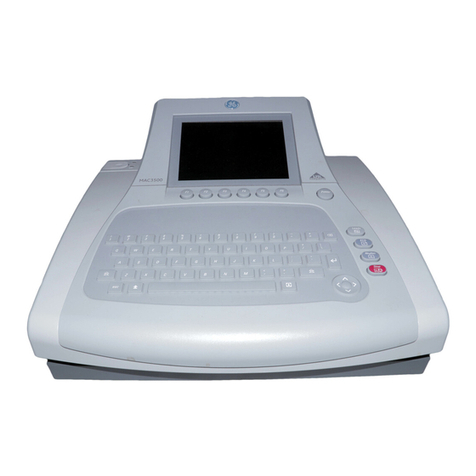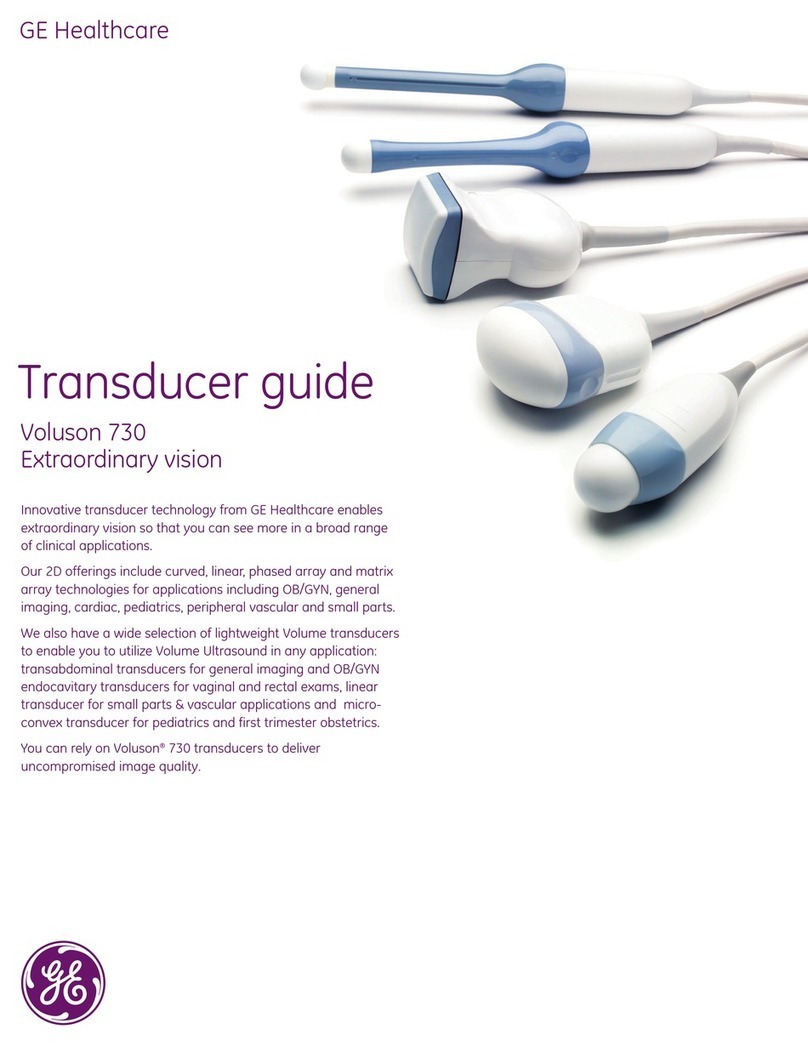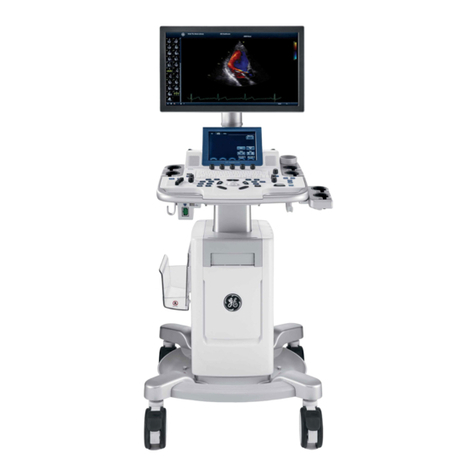GE AMX-II User manual
Other GE Medical Equipment manuals
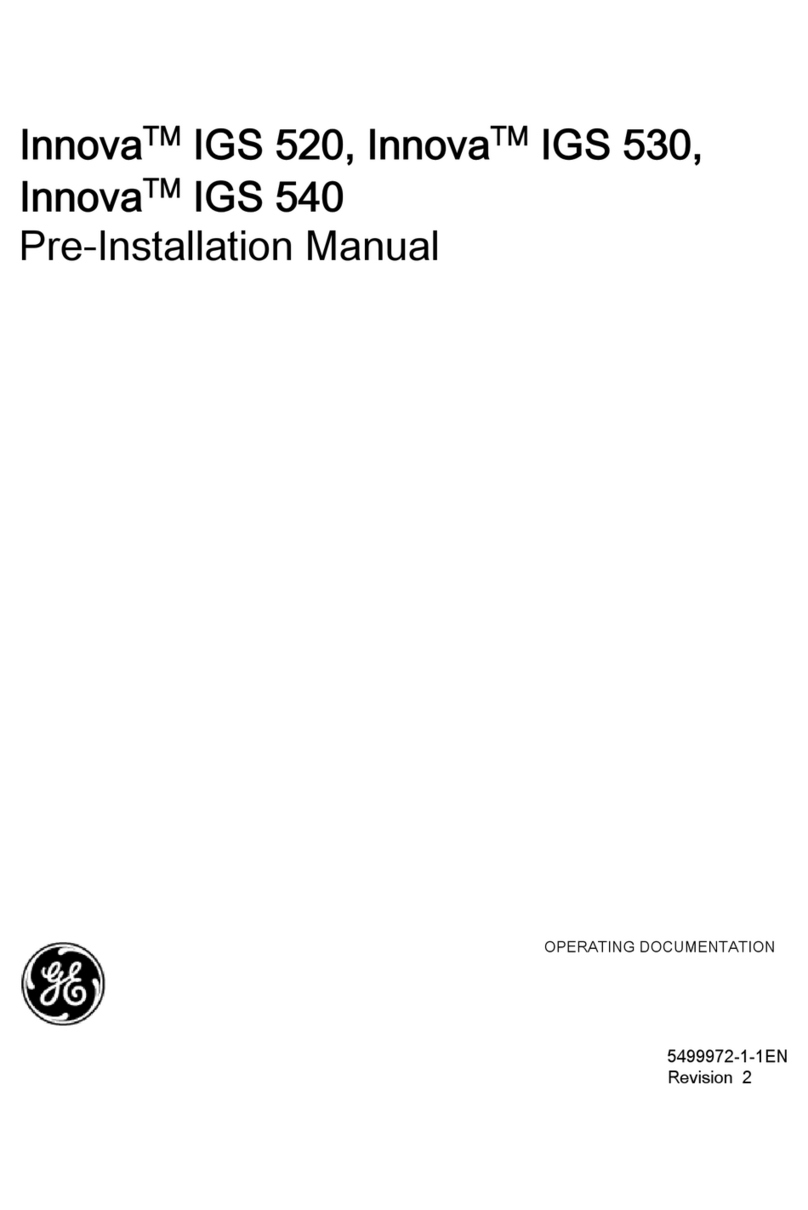
GE
GE Innova IGS 520 User manual
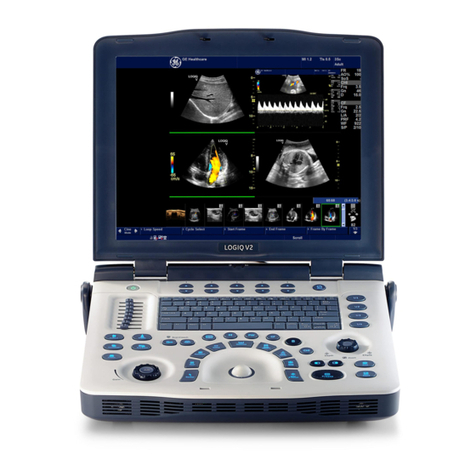
GE
GE LOGIQ V2 User manual
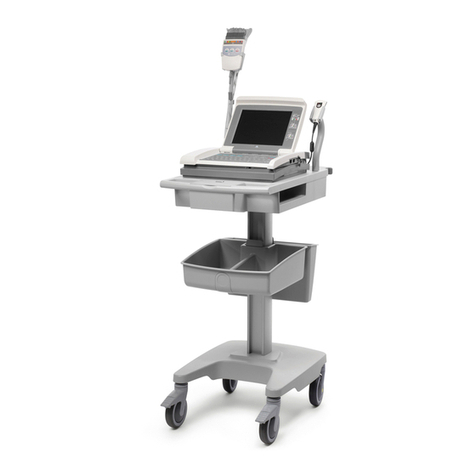
GE
GE Modular MAC Trolley User manual
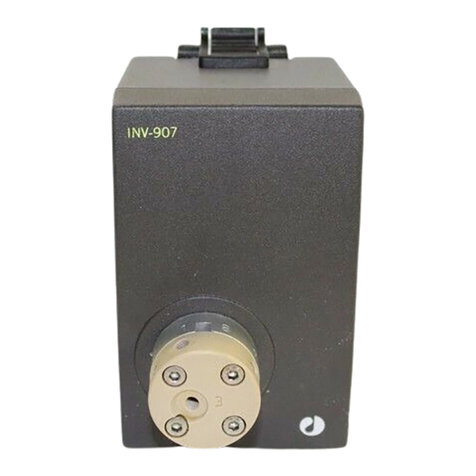
GE
GE AKTA Valve INV-907 User manual

GE
GE TONOPORT V User manual

GE
GE Corometrics 250cx Series User manual

GE
GE Voluson Swift User manual
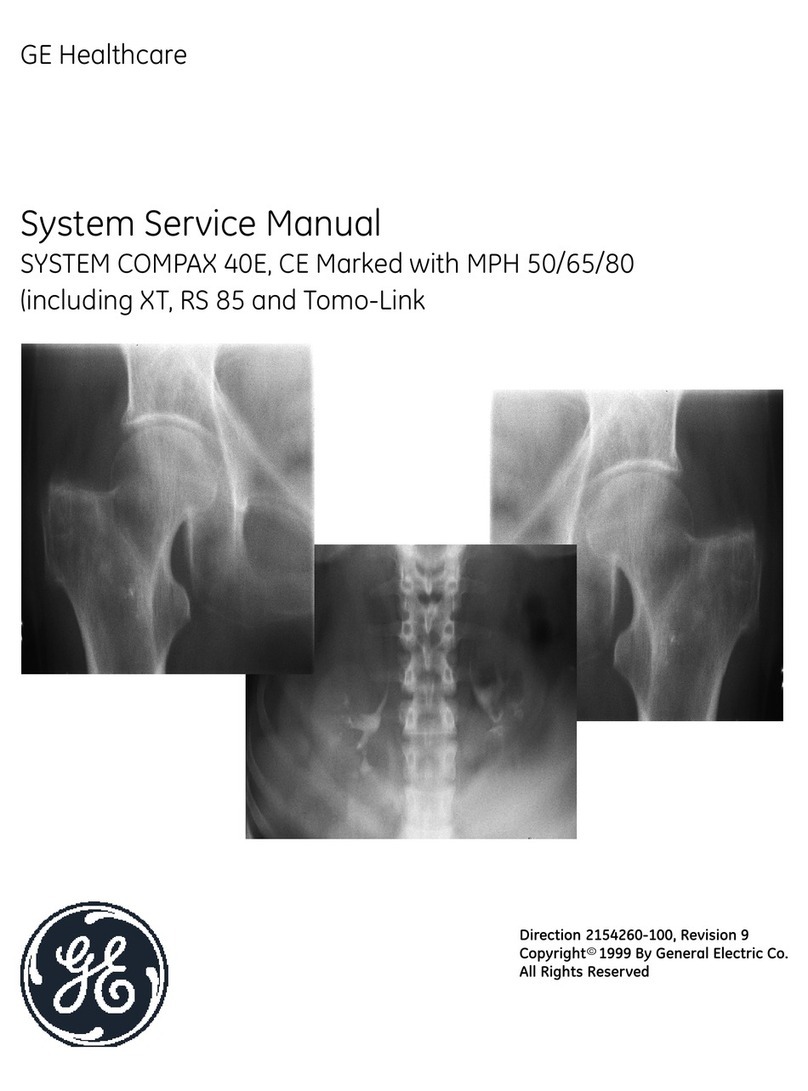
GE
GE Compax 40E User manual
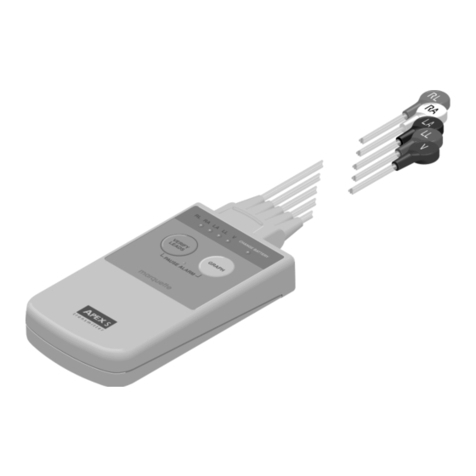
GE
GE Marquette 418793-001 User manual

GE
GE Vivid i SafeLock Cart User manual
Popular Medical Equipment manuals by other brands

Getinge
Getinge Arjohuntleigh Nimbus 3 Professional Instructions for use

Mettler Electronics
Mettler Electronics Sonicator 730 Maintenance manual

Pressalit Care
Pressalit Care R1100 Mounting instruction

Denas MS
Denas MS DENAS-T operating manual

bort medical
bort medical ActiveColor quick guide

AccuVein
AccuVein AV400 user manual
